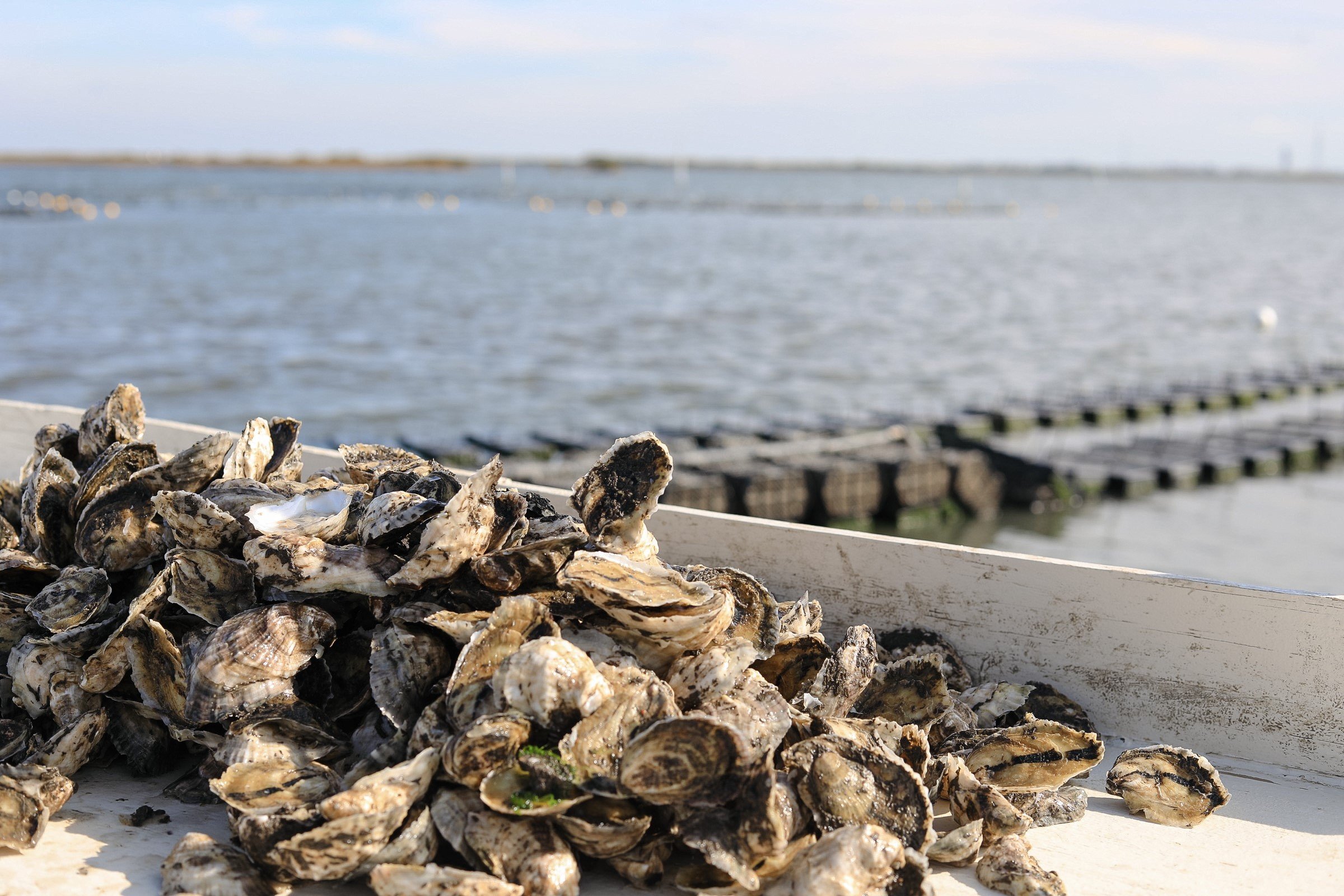
In early October, I had the opportunity to attend the Oregon Aquaculture Planning Workshop in Salem. It was a day packed with insights and discussions about the future of aquaculture in our state. The possibilities for aquaculture extend far beyond the dinner plate, making it a key player in addressing environmental challenges and promoting sustainability.
I was impressed by the range of attendees, which included representatives from OSU, ODFW, the Oregon Aquaculture Association, Oregon Sea Grant, EcoTrust, Oregon Kelp Alliance, The Nature Conservancy, Elahka Alliance, NOAA Fisheries, the US Army Corps of Engineers, the US Department of Agriculture, Greenwave, Saltwater Inc., the Port of Newport, as well as local businesses and entrepreneurs from Oyster Bluff Farm, OoNee Sea Urchin Ranch, and Flying Fish Co. + more.
Aquaculture in Oregon remains largely underdeveloped, yet there was a palpable sense of ambition among attendees to establish it as a mainstream industry alongside iconic state staples like Christmas trees, berries, grass seed, and wine. The steering committee envisions a future for Oregon aquaculture that balances the "triple bottom line" of people, planet, and profit.
 However, we face a "chicken-or-egg" dilemma: while we need development to attract funding, growth is essential for that development. Creating supply and demand simultaneously feels like a Catch-22. So, what are the next steps?
However, we face a "chicken-or-egg" dilemma: while we need development to attract funding, growth is essential for that development. Creating supply and demand simultaneously feels like a Catch-22. So, what are the next steps?
Here are some important insights and opportunities for growth discussed:
- Advancing the aquaculture sector calls for collaboration from numerous stakeholders, yet progress has been slow due to complex processes and limited communication among regulators. Greater consistency is essential to make the industry appealing to communities, but existing incentives are insufficient to attract new entrepreneurs. Entrepreneurs at the workshop voiced their frustrations with the challenges of building a successful aquaculture business, citing a cumbersome entry process.

 Above: Current regulatory framework for pre-application, application and permitting process. State and federal agencies that regulate shellfish farming in the state of Oregon. Figures from Green et al 2023.
Above: Current regulatory framework for pre-application, application and permitting process. State and federal agencies that regulate shellfish farming in the state of Oregon. Figures from Green et al 2023.
- Proposals have been previously submitted for an aquaculture hub on the Oregon Coast, featuring an educational and tourist component similar to the Tillamook visitor center. But have been rejected due to the underdeveloped nature of the industry. Entrepreneurs at the meeting stressed the need for support in the form of an accelerator or incubator to drive growth in this sector. What would it take for something like this to come to fruition?
- Housing on the coast remains a challenge for local communities. It’s an essential part of the discussion around how the coastal economy could effectively support aquaculture development.
- We also discussed the need for inclusion of many perspectives from groups and organizations that weren’t in the room such as tribal leaders, chefs and fishmongers, venture capitalists & more.
So, how does this connect to the marine debris issue in Yaquina Bay?
Oyster farmers already face numerous challenges—from regulatory hurdles to staffing—and making sustainability their top priority can be difficult when they’re focused on keeping their operations viable.
Ultimately, transitioning away from polystyrene docks needs to be financially feasible for farmers. It’s an unfortunate but realistic bottom-line issue, especially given today’s economic pressures.
_________________________
Overall, I'm feeling optimistic about the energy generated during our planning meeting and excited to share future developments.
This planning session was exactly as intended: a collaborative gathering where we came together to outline and brainstorm strategies for addressing our key challenges and developing effective solutions.
Stay tuned…

Pictured: Oregon Oyster Farm in Yaquina Bay. Photo: The Briny Babe blog: "Reviving the Riches of Yaquina Bay: The Story of Oregon Oyster Farms"
